At the age of 78, he is still tirelessly capturing the beauty of life through realistic paintings, which he calls “the most honest language of the artist’s heart”. His upcoming exhibition “78 Years” is not only a milestone in his life, but also a journey to rediscover the light of a fading art era.
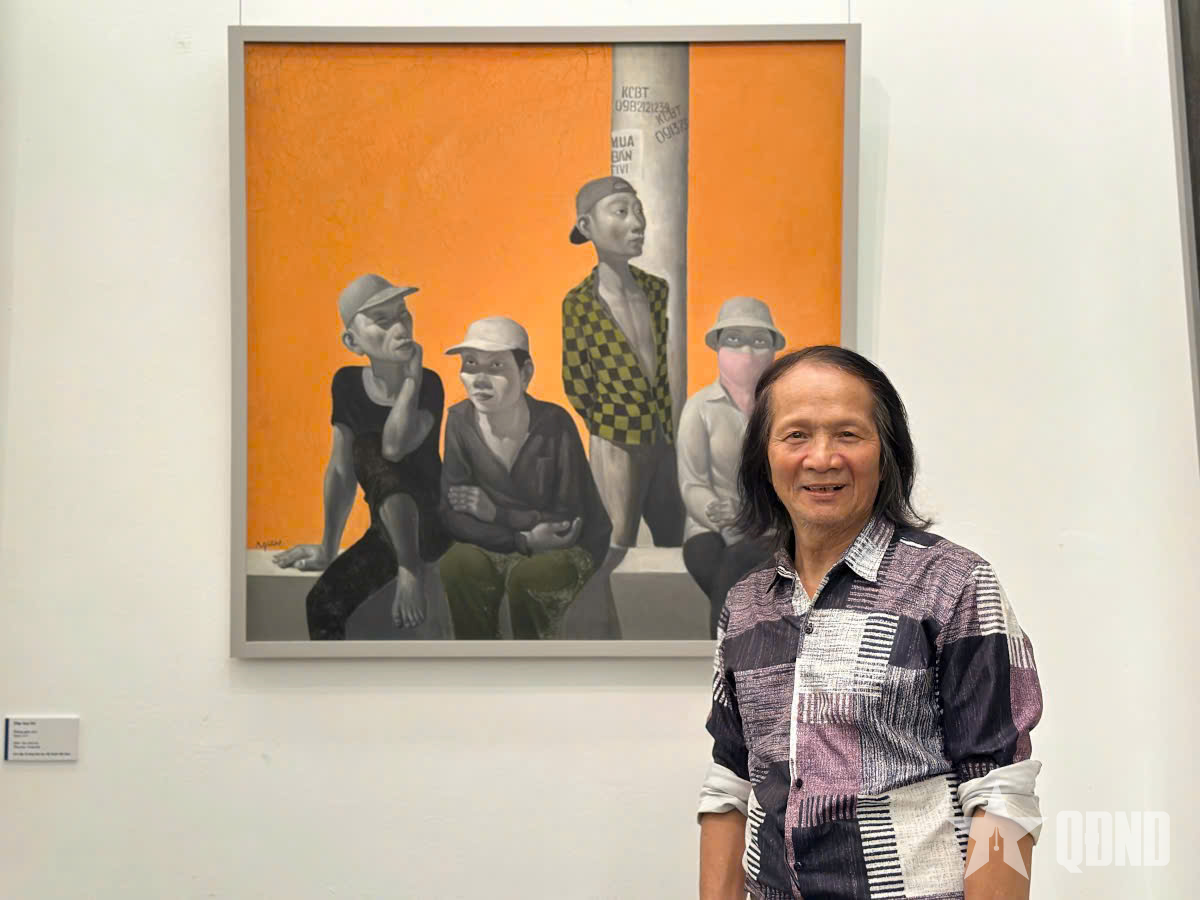 |
Painter Vi Quoc Hiep. |
Faces of a wartime
Before coming to Da Lat, Vi Quoc Hiep had had many arduous field trips. In 1971, when he was only 24 years old, having just left the Vietnam College of Fine Arts, he was sent to Ha Giang (formerly). From Hanoi to Dong Van that day, it took two days to travel, staying overnight in Tuyen Quang. Amidst the cold highlands and the rocky mountains, he met a female Tay militia. The face of the woman in military uniform, both tough and gentle, made him set up his easel. The painting "Female Tay Militia - Dong Van" was quietly born from that trip.
 |
| The painting "Dong Van Female Militia" by artist Vi Quoc Hiep painted in 1971 in Ha Giang. |
In 1974, the painting caught the eye of art critic Nguyen Phi Hoanh and was recorded in his book “History of Vietnamese Fine Arts” in 1974 with the words “It was not until many years later that Vi Quoc Hiep heard the news. For him, what moved him the most was not the fact that the painting was recorded in the book, but that the face of the woman holding a gun that year remained with the history of painting, as a proof that “sincerity has a voice”. When the war is over, if no one records it, the faces of those militiamen will only remain in fragmented memories. The painting thus becomes a witness, preserving a representative face of the entire class of people holding guns that year.
A few years later, on a business trip to the old base area of Dinh Hoa ( Thai Nguyen ), he started from another face. There was an old man who was so passionate about paintings and pictures of Uncle Ho that he wished every house in the commune would have one to hang. But at that time, Uncle Ho's pictures were rare, and painting materials were also lacking. The whole village gathered cloth and eggs; he instructed them to separate the egg whites to make adhesives, and mix the background themselves. He was in charge of sketching, his friend colored, and in three days, he produced 30 portraits of Uncle Ho for 30 houses. In a place that was still poor in every way, each painting was a small but solemn joy, "hanging Uncle Ho on the wall so that he could look up every day and live a worthy life". Under bombs and bullets, in poverty, what he saved was not artistic achievements but preserving a common face - the face of faith, of ardent patriotism.
Dalat in the old houses
After trips to Ha Giang and Dinh Hoa (Thai Nguyen), Vi Quoc Hiep was assigned by the Ministry of Culture (now the Ministry of Culture, Sports and Tourism) to work in Da Lat. Initially, he thought he would only stay for a few years. But then the steep slopes, pine forests and thin light of the plateau kept him there. He smiled gently when recalling his choice that day: “Painters are not civil servants. Wherever is beautiful, we work, wherever is suitable, we stay. And Da Lat is so beautiful.” From then on, he stayed for nearly half a century.
 |
| A painting of an ancient villa in Dalat by artist Vi Quoc Hiep. |
He said he had witnessed Dalat changing very quickly. In 1983, many French villas were confiscated and distributed to officials, in a context where not everyone was aware that they were valuable assets, so many things were lost in silence. There were houses, rows of trees, street corners that quietly disappeared, as if they were just leftovers to be discarded in an expanding tourist city. It was the feeling of sadness before those seemingly discarded things that pulled him away from familiar ethnic themes to return to the ancient villas, slopes, forests, and water surfaces in Dalat.
Over time, many of his paintings have become “long-term sketches” of a changing Da Lat, where there are old villas, roadsides, and foggy spaces that are now hard to see in paintings. Evaluating the Da Lat paintings, journalist Pham Quoc Ca (Nhan Dan Newspaper) commented: “Vi Quoc Hiep’s paintings have contributed to preserving the mossy, tranquil look of the city, especially the old villas and the mountain town space, like a layer of “Da Lat memories” through painting.
At the age of 78, when preparing for the exhibition “78 years”, associated with the milestone of 1978 and 48 years living in Da Lat, he said that it was not just a painting exhibition, but a way for him to gather the layers of time that had passed through his life and through a city that he considered home. From the war zone to Da Lat, he only did one thing, which was to paint the faces of soldiers, houses and street corners, so that they would forever have a place in the collective memory.
The light of a time of reality
When talking about his time studying at the Vietnam College of Fine Arts, artist Vi Quoc Hiep's voice slowed down. His graduate advisor was painter Nguyen Duc Nung. He asked him to draw 10 paintings over and over again, and only after the tenth painting did he nod: "This is good, you can put this up for the exam." He said: "Back then, if you drew abstractly, you would be expelled. The teacher only taught realism, but it was that simplicity that made the art profound." Vi Quoc Hiep still said he was the product of a strict pedagogy, extending from the generation of teachers in Indochina.
Now, he sees art differently, there are abstract, impressionist, and even market-oriented paintings. But he still emphasizes: “Those with realism ability will have more beautiful and stable paintings. How could I paint portraits without a teacher?” In Vi Quoc Hiep’s eyes, realism is also a fading heritage, no different from the ancient villas of Da Lat. With the professional discipline forged from his school days, he quietly maintains straight lines, precise proportions, and sincerity in his views in a time when many things are rushed and easily lost. As he said, art can change, the market can rotate, but the kindness towards the profession, the realism that teachers pass on, if no one keeps it, is also something that is easily lost.
At the age of 78, artist Vi Quoc Hiep still wakes up early, still writes, still reads, still holds a brush. He jokingly calls himself “a man of seven professions”, but the profession he is most loyal to is always painting. He said: “Everyone must have a profession to live a decent life. Art changes, the market changes, but kindness in work never changes”. The exhibition “78 Years” is therefore not the memoir of an individual, but the story of a generation of artists – a generation born in poverty, raised by professional discipline, and steadfast by loyalty to beauty and truth. And in that journey, Vi Quoc Hiep still quietly does one thing, preserving the light of Da Lat, of life and of ordinary people with unpretentious but warm layers of color./.
Source: https://www.qdnd.vn/phong-su-dieu-tra/phong-su/hoa-si-vi-quoc-hiep-nguoi-luu-tru-ky-uc-bang-my-thuat-1013531



![[Photo] National Assembly Chairman Tran Thanh Man receives a business delegation from the Europe-ASEAN Business Council](/_next/image?url=https%3A%2F%2Fvphoto.vietnam.vn%2Fthumb%2F1200x675%2Fvietnam%2Fresource%2FIMAGE%2F2025%2F11%2F24%2F1763989198212_ndo_br_bnd-7394-jpg.webp&w=3840&q=75)



![[Photo] Prime Minister Pham Minh Chinh attends the patriotic emulation congress of the banking sector](/_next/image?url=https%3A%2F%2Fvphoto.vietnam.vn%2Fthumb%2F1200x675%2Fvietnam%2Fresource%2FIMAGE%2F2025%2F11%2F24%2F1763981997729_tt-nhnn-jpg.webp&w=3840&q=75)
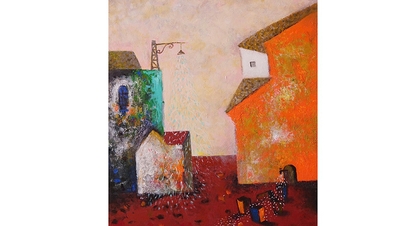

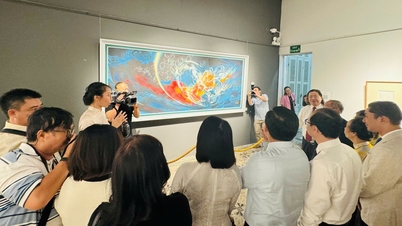
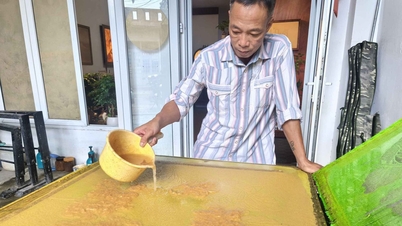



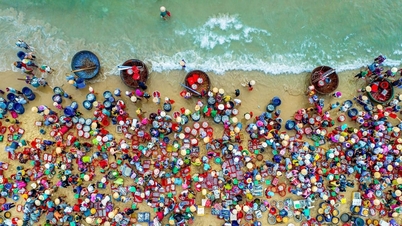











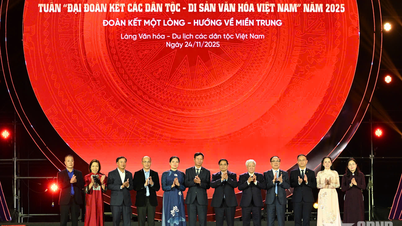

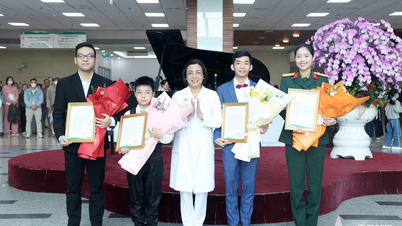


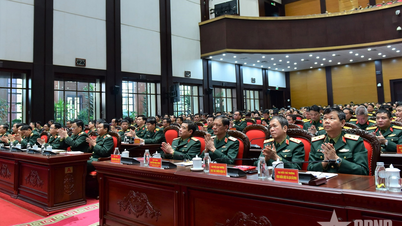


![[Photo] Next to the "mountain of trash" after the flood, Tuy Hoa residents strive to rebuild their lives](/_next/image?url=https%3A%2F%2Fvphoto.vietnam.vn%2Fthumb%2F1200x675%2Fvietnam%2Fresource%2FIMAGE%2F2025%2F11%2F24%2F1763951389752_image-1-jpg.webp&w=3840&q=75)




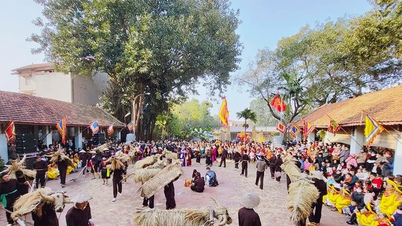

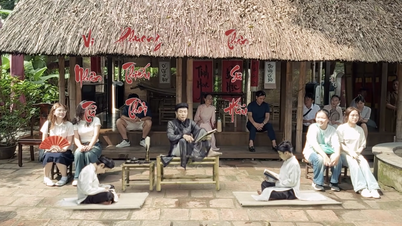



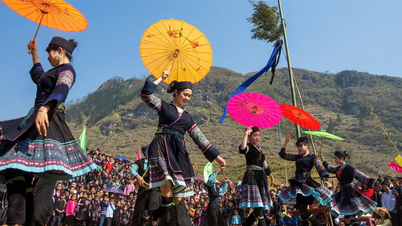









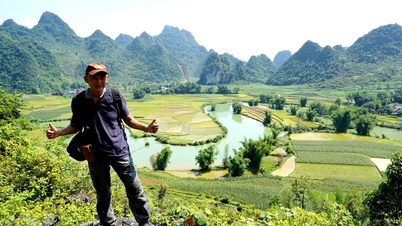

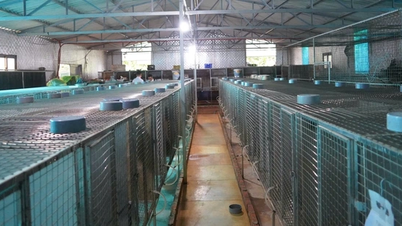





















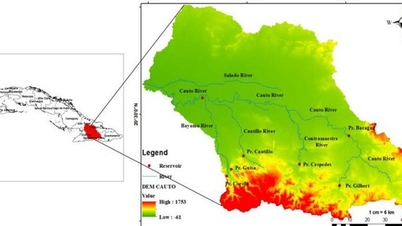



























Comment (0)